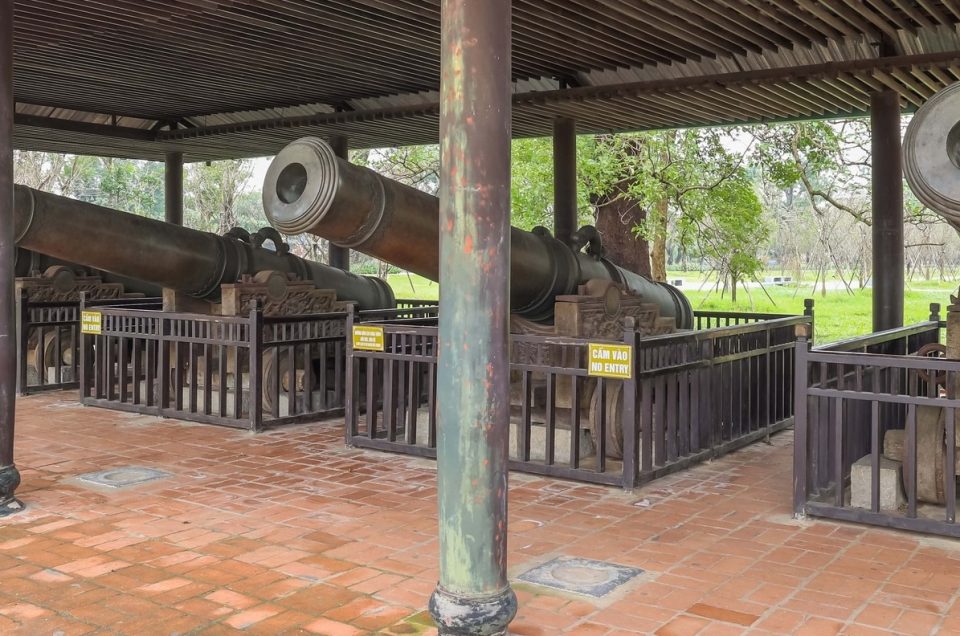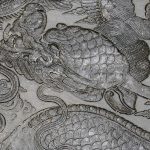Where metal becomes art
Under the rule of the Nguyen Lords, a strip of land southwest of Phu Xuan Citadel (later known as the Hue Citadel) was assigned to guard and protect the front of the capital. In this area, from early days, workshops under the Nguyen Lords’ Department of Bronze-casting (Chu Tuong Ty) were established, forming the predecessors of present-day Phuong Duc bronze-casting village.

Chu Tuong Ty was one of many crafting departments established under the Nguyen Lords, specializing in gun-making and creating bronze products for rituals and day-to-day activities, especially those used exclusively at court. Later, the department crafted important products for the Nguyen imperial court, along with more ordinary wares, such as sets of bronze pots, gongs, “tam su” (a device featuring an incense burner and two crane-shaped candlesticks), “ngu su” (a contraption that includes an incense burner, two crane-shaped candlesticks, and two other candlesticks), and so forth, for residents of Hue and nearby areas.

Mr. Le Quy Don’s “Phu bien tap luc” stated that: “These crafting departments employ craftsmen of various ethnicities: 30 Kinh people, 30 Ban Bo people, etc.” This book further elaborated: “Every year, before the birthday ceremonies of the Nguyen Imperial Family, heads of crafting departments must present celebratory money…, exclusively for crafting departments, each Ban Bo craftsman presented 01 quan (a Nguyen Dynasty monetary unit) and one big brass spittoon, each Kinh craftsman presented 05 tien (another Nguyen Dynasty monetary unit).”

The Kinh artisans came from Kinh Nhon, one of the five present-day craft hamlets of Phuong Duc village, which includes Giang Dinh, Giang Tien, Kinh Nhon, Ban Bo, and Truong Dong. These five craft hamlets, often called “the five rows of craftsmen” by Hue residents, were home to various clans and craftsmen who brought the essence of Northern bronze-casting to the South, following the Nguyen Lords’ footsteps as they expanded southward.

Following the end of the Nguyen Dynasty, as the system of crafting departments was dissolved, most of these skillful artisans – some of whom had flocked to the capital from all over the country and some of whom had been summoned there – returned to their hometowns. Although famous for its bronze-casting, Chu Tuong Ty was no exception. However, the Nguyen family of Kinh Nhon Hamlet remained in this area and continued the craft of their forefathers. Thanks to the furnaces built and operated by families in the Nguyen clan, the village’s bronze-casting trade was restored and maintained, as were other crafts in specialized craft villages in and around Hue.






